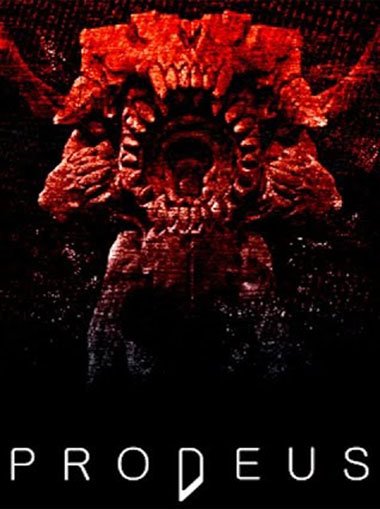
In comparison, for example, the average transaction speed for Bitcoin is at least 10 minutes. “Because proof of stake removes energy-intensive equation solving, it’s much more efficient than proof of work, allowing for faster verification/confirmation times for transactions,” says Anton Altement, CEO of Osom Finance. Each person who stakes crypto is eligible to verify transactions, but the odds you’ll be chosen typically increase with the amount you front. “It’s almost like bank collateral,” says Okoro. With proof of stake, the number of transactions each person can verify is limited by the amount of cryptocurrency they’re willing to “stake,” or temporarily lock up in a communal safe for the chance to participate in the process.
Prodeus cryptocurrency verification#
Some cryptocurrencies use a proof of stake verification method to reduce the amount of power necessary to check transactions. That means the miners might barely break even with the crypto they receive for validating transactions after considering the costs of power and computing resources. The race to solve blockchain puzzles can require intense computer power and electricity. Bitcoin, for example, rewards a miner 6.25 BTC (which is roughly $200,000) for validating a new block. The first computer to do so successfully is rewarded with a small amount of cryptocurrency for its efforts. “Proof of work is a method of verifying transactions on a blockchain in which an algorithm provides a mathematical problem that computers race to solve,” says Simon Oxenham, social media manager at .Įach participating computer, often referred to as a “miner,” solves a mathematical puzzle that helps verify a group of transactions-referred to as a block-then adds them to the blockchain ledger.

Verifiers are then rewarded with cryptocurrency for their efforts. Proof of work and proof of stake are the two most widely used consensus mechanisms to verify transactions before adding them to a blockchain. To prevent fraud, each transaction is checked using a validation technique, such as proof of work or proof of stake. Each new transaction as it happens is logged, and every copy of the blockchain is updated simultaneously with the new information, keeping all records identical and accurate. With a blockchain, everyone who uses a cryptocurrency has their own copy of this book to create a unified transaction record. “Each page is similar to a block, and the entire book, a group of pages, is a blockchain.” “Imagine a book where you write down everything you spend money on each day,” says Buchi Okoro, CEO and co-founder of African cryptocurrency exchange Quidax. Transactions are recorded in “blocks” that are then linked together on a “chain” of previous cryptocurrency transactions. In practice, it’s a little like a checkbook that’s distributed across countless computers around the world. What Is a Blockchain?Ī blockchain is an open, distributed ledger that records transactions in code. That cryptographic proof comes in the form of transactions that are verified and recorded on a blockchain.

While cryptocurrency is a novel and exciting asset class, purchasing it can be risky as you must take on a fair amount of research to understand how each system works fully.īitcoin was the first cryptocurrency, first outlined in principle by Satoshi Nakamoto in a 2008 paper titled “ Bitcoin: A Peer-to-Peer Electronic Cash System.” Nakamoto described the project as “an electronic payment system based on cryptographic proof instead of trust.” You can use crypto to buy regular goods and services, although most people invest in cryptocurrencies as they would in other assets, like stocks or precious metals. Instead, these tasks are broadly distributed among a cryptocurrency’s users via the internet.

Dollar or the Euro, there is no central authority that manages and maintains the value of a cryptocurrency. How Does Cryptocurrency Work?Ī cryptocurrency is a digital, encrypted, and decentralized medium of exchange. You may be familiar with the most popular versions, Bitcoin and Ethereum, but there are more than 9,000 different cryptocurrencies in circulation. Cryptocurrency is decentralized digital money that’s based on blockchain technology.


 0 kommentar(er)
0 kommentar(er)
